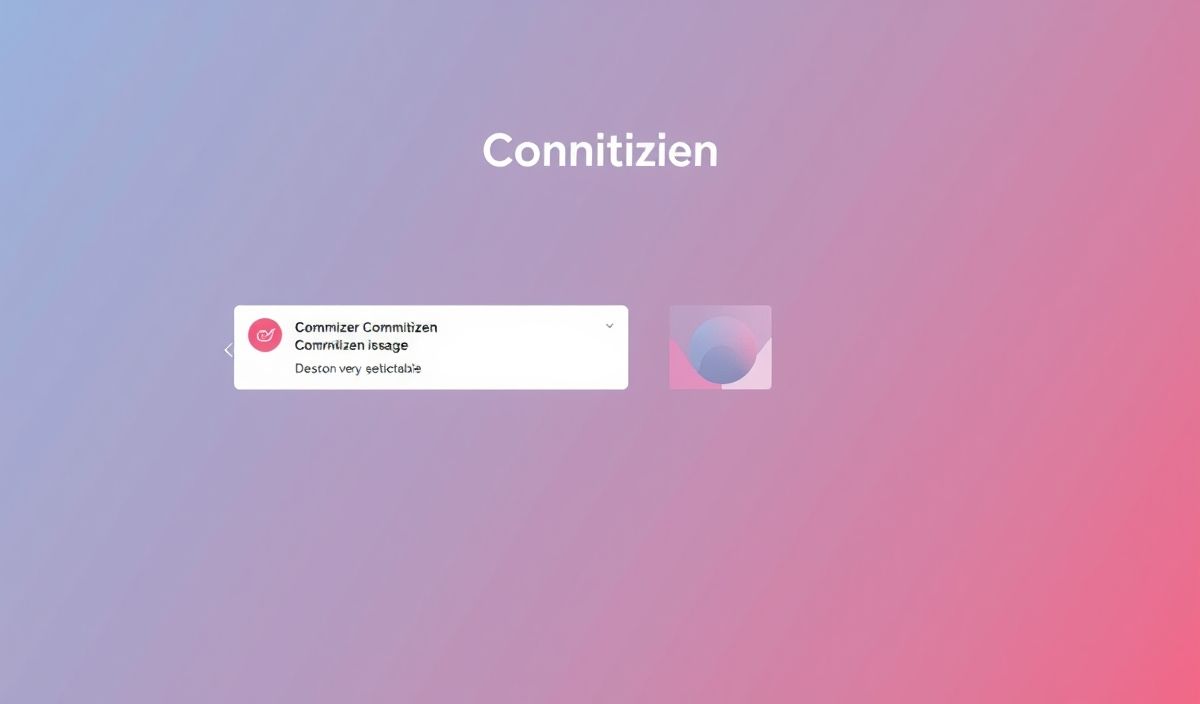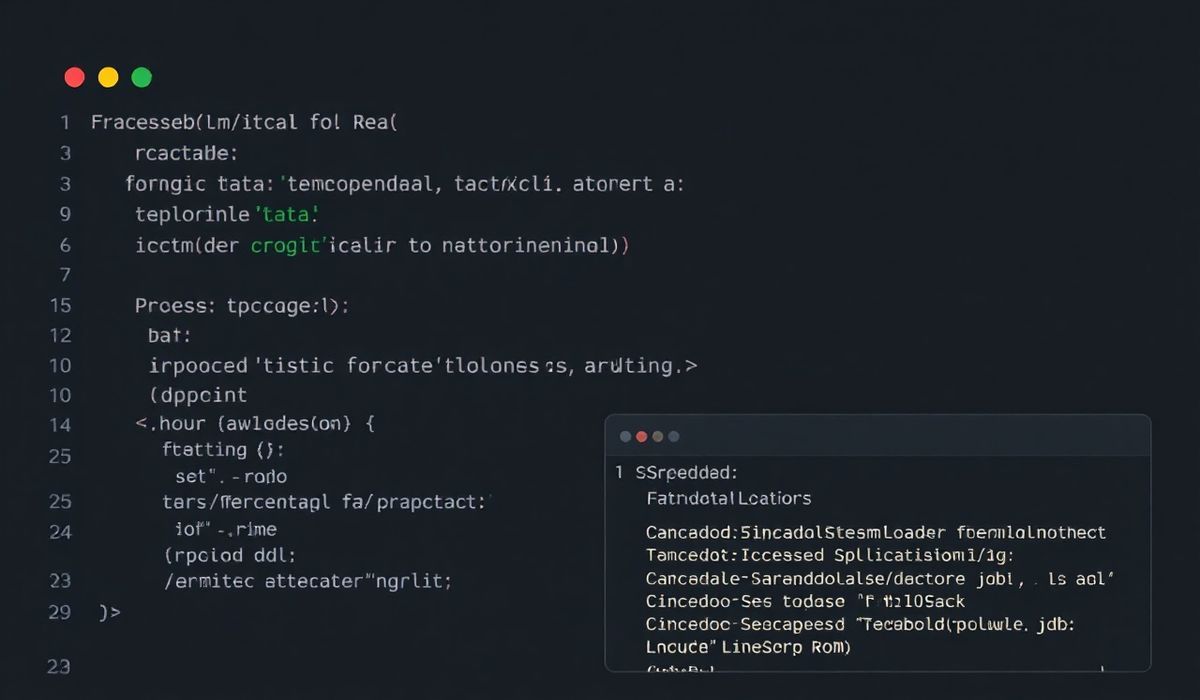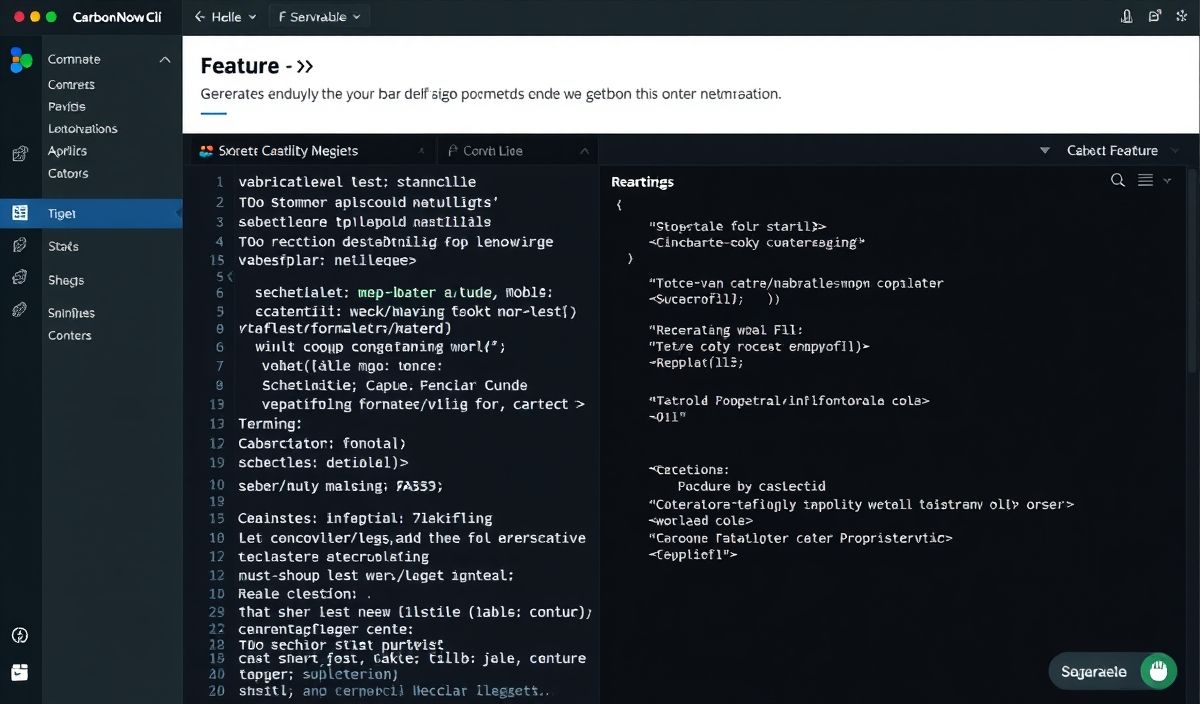Introduction to Vault Logger
Vault Logger is a powerful logging library designed for flexibility and scalability in various applications. Whether you’re developing web applications, microservices, or desktop apps, Vault Logger provides a seamless way to maintain and manage logs effectively.
API Overview
Below, you’ll find a comprehensive overview of the most useful APIs that Vault Logger offers, complete with practical code snippets to illustrate their use.
1. Initializing the Logger
const vaultLogger = require('vault-logger');
const logger = vaultLogger.createLogger({
level: 'info',
transports: [
new vaultLogger.transports.Console(),
new vaultLogger.transports.File({ filename: 'combined.log' })
]
});
2. Logging Messages
logger.info('This is an info log message');
logger.error('This is an error log message');
logger.warn('This is a warning log message');
logger.debug('This is a debug log message');
3. Custom Log Levels
const customLevels = {
levels: {
error: 0,
warn: 1,
success: 2,
info: 3,
debug: 4
},
colors: {
error: 'red',
warn: 'yellow',
success: 'green',
info: 'blue',
debug: 'magenta'
}
};
const customLogger = vaultLogger.createLogger({
levels: customLevels.levels,
transports: [
new vaultLogger.transports.Console({
format: vaultLogger.format.combine(
vaultLogger.format.colorize(),
vaultLogger.format.simple()
)
})
]
});
customLogger.success('This is a success message');
4. Using Middleware in Express
const express = require('express');
const app = express();
app.use(vaultLogger.middleware);
app.get('/', (req, res) => {
res.send('Hello, World!');
});
app.listen(3000, () => {
logger.info('Server is running on port 3000');
});
5. Handling Exceptions
const customLogger = vaultLogger.createLogger({
exceptionHandlers: [
new vaultLogger.transports.File({ filename: 'exceptions.log' })
]
});
process.on('uncaughtException', (err) => {
customLogger.error('Uncaught Exception:', err);
});
process.on('unhandledRejection', (reason, p) => {
customLogger.error('Unhandled Rejection at:', p, 'reason:', reason);
});
Application Example Using Vault Logger
Now, let’s put everything together in a sample application that uses Vault Logger to manage logs.
const express = require('express');
const vaultLogger = require('vault-logger');
const appLogger = vaultLogger.createLogger({
level: 'info',
transports: [
new vaultLogger.transports.Console(),
new vaultLogger.transports.File({ filename: 'app.log' })
]
});
const app = express();
app.use(vaultLogger.middleware);
app.get('/', (req, res) => {
appLogger.info('Home page visited');
res.send('Welcome to Home Page');
});
app.get('/error', (req, res) => {
appLogger.error('Error page visited');
throw new Error('This is an intentional error');
});
app.use((err, req, res, next) => {
appLogger.error('Unhandled error:', err);
res.status(500).send('Something went wrong!');
});
app.listen(3000, () => {
appLogger.info('Server is running on http://localhost:3000');
});
By using Vault Logger, you can have a well-structured and efficient logging system for your applications. The flexibility in customizations and integrations makes it a perfect choice for developers.
Hash: e7b612e9b9f52b510b28e2ec643efa0f5131605f5b75498f69ab361089cf52ec




